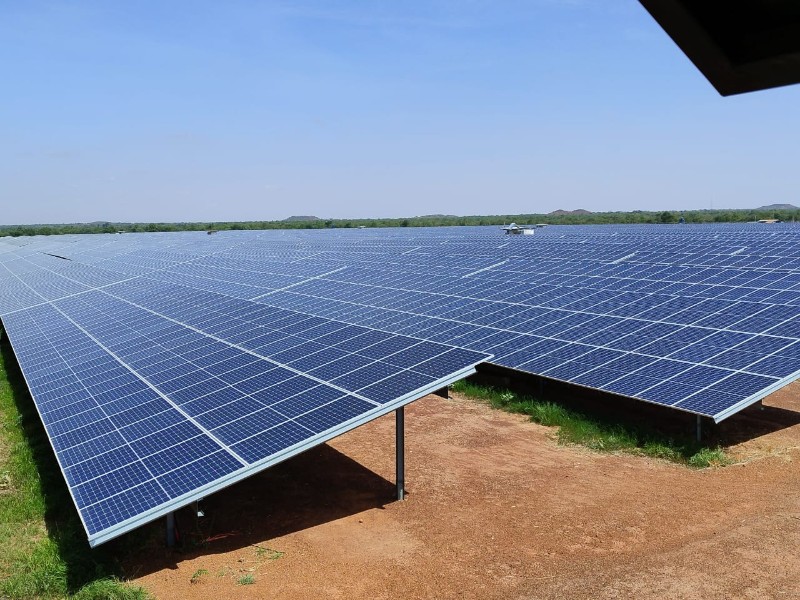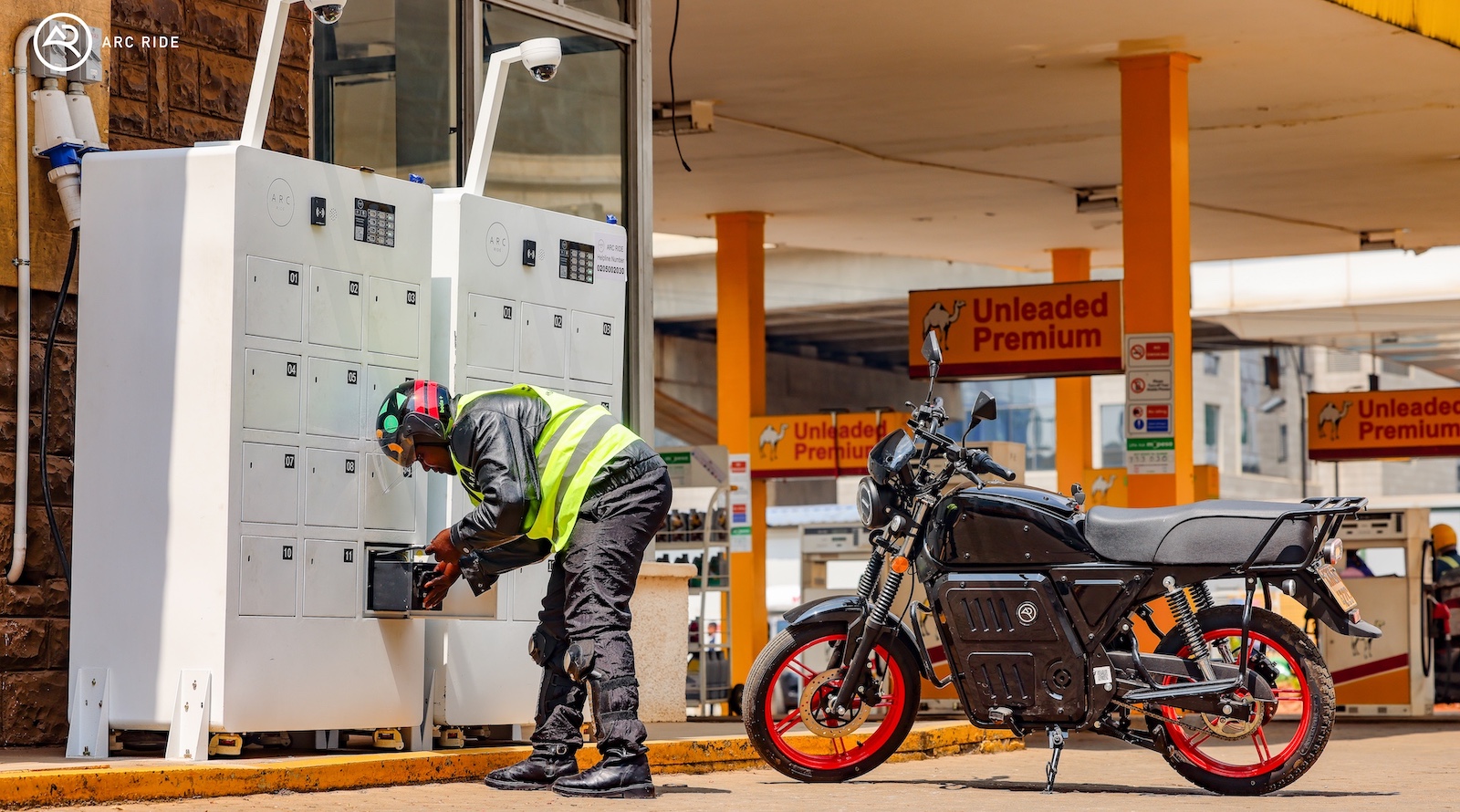In an era where climate change demands urgent action, green bonds have emerged as a powerful tool for financing sustainable projects.
These fixed-income instruments channel investor funds exclusively toward environmentally friendly initiatives, such as renewable energy, energy-efficient infrastructure, and sustainable agriculture.
For Kenya, a nation at the forefront of Africa’s green transition, green bonds represent not just a financial innovation but a pathway to achieving its ambitious Nationally Determined Contributions (NDCs) under the Paris Agreement, targeting a 32% reduction in greenhouse gas emissions by 2030.
As of September 2025, Kenya’s green bond market is gaining significant momentum. The country’s landmark $500 million sovereign green bond issuance in July 2025, oversubscribed by international investors, signals growing global confidence in Kenyan sustainable finance.
The Evolution of Green Bonds in Kenya: From Pioneer to Market Leader
Kenya’s journey with green bonds began in 2017 with the launch of the Kenya Green Bond Programme by FSD Africa, aimed at promoting domestic innovation in sustainable finance.
This initiative has since supported three key transactions, mobilising GBP 64.95 million in private capital for green projects by 2024.
A pivotal milestone came in 2019 when Acorn Holdings issued East Africa’s first green bond, a KES 5 billion (approximately USD 39 million) five-year instrument at 12.25% interest.
Backed by a 50% partial credit guarantee from GuarantCo, the bond was oversubscribed by 46% in its second drawdown and funded eco-friendly student housing across eight properties.
The impacts were profound: it created nearly 1,857 direct jobs (41% held by women), reduced energy intensity by 5.4% year-on-year, and cut CO₂ emissions by 142.93 metric tonnes annually per property, all while adhering to IFC EDGE certification for 20% savings in energy, water, and embodied energy.
By 2024, Africa had issued over 20 green bonds, with Kenya playing a starring role alongside nations like South Africa and Nigeria.
The continent’s green bond market has grown at a 14% compound annual growth rate (CAGR) from 2019 to 2023, raising USD 9.6 billion across 76 issuances.
Kenya’s contributions have helped revive its dormant corporate bond market, attracting local institutions and international financiers.
Recent Developments: A Banner Year for Kenyan Green Finance in 2025
2025 has been transformative for Kenya’s green bond ecosystem, marked by robust policy advancements and high-profile issuances.
In April, the Central Bank of Kenya (CBK) unveiled the Kenya Green Finance Taxonomy (KGFT) and Climate Risk Disclosure Framework (CRDF). These tools enable banks to classify economic activities as “green” or sustainable, facilitating a shift to a low-carbon economy.
Implementation is underway across the banking sector, with enhanced climate reporting guidelines rolled out in July to boost green project lending and draw foreign investment.
The crown jewel of 2025 arrived on July 21: Kenya’s inaugural sovereign green bond, raising $500 million for renewable energy expansion, including solar, wind, and geothermal projects.
Oversubscribed amid strong demand from global ESG-focused investors, this issuance aligns with ICMA Green Bond Principles and signals Kenya’s commitment to ethical investing.
READ ALSO:
Kenyan Climate Tech Startups: How to Access Funding for Green Innovation
It builds on earlier efforts, like the World Bank’s assistance for a $500 million sustainability-linked bond in 2024.
At the subnational level, green finance is unlocking opportunities for counties. An April 2025 report by FSD Africa highlights how these instruments can fund eco-friendly initiatives, from waste management to reforestation, addressing localised climate vulnerabilities.
Counties like Mombasa and Nakuru are exploring pilot green bond projects for 2026.
Current Market Trends: Growth Amid Global Shifts
Kenya’s green bond market mirrors broader emerging market dynamics. In 2024, Sub-Saharan Africa’s green, social, and sustainability (GSSS) bond issuance reached $0.3 billion, modest but up from prior years, representing 0.01% of regional GDP.
Globally, GSSS issuances hit $5.1 trillion cumulatively from 2018 to 2024, with emerging markets driving much of the surge.
Projections paint an optimistic picture: Amundi forecasts a healthy pace for GSSS bonds in emerging markets through 2025–2026, fuelled by maturing debt ($100 billion due in 2025) and cheaper renewables.
In Africa, annual green bond growth is expected at 7.1%, pushing volumes to USD 240 billion by year-end. Sustainability-linked bonds alone could exceed $1 trillion in 2025, thanks to favourable rates and COP commitments.
In Kenya, key trends include:
- Investor Diversification: Blended finance models, like Acorn’s, are crowding in local pension funds, insurance companies, and diaspora investors.
- Impact Measurement: Adherence to ICMA Green Bond Principles and the KGFT ensures transparency, boosting appeal.
- Sector Focus: Renewables dominate (e.g., the 2025 sovereign bond), but sustainable housing, agriculture, and water management are rising.
The Road Ahead: Opportunities and Projections for Green Bonds in Kenya
Looking to 2026 and beyond, Kenya’s green bond market is positioned for exponential growth, supported by policy momentum and international partnerships.
The KGFT will streamline certifications, potentially halving compliance costs and attracting $1–2 billion annually in inflows. County governments could issue their first green bonds by 2026, funding resilient infrastructure like solar-powered water systems.
Emerging opportunities include:
- Blended Finance: Linking with project preparation facilities like the Green Climate Fund to bankroll adaptation projects.
- Digital Innovation: Blockchain for transparent impact reporting to lure tech-savvy millennial investors.
- Regional Integration: Aligning with an African Sustainable Finance Taxonomy for cross-border deals.
Kenya Green Bonds Expansion: Tax incentives and CBK’s green bond guidelines could drive issuances to $1 billion by 2027, with SMEs entering the market via pooled bond structures.
Investing in Kenya’s Green Tomorrow
The future of green bonds in Kenya is bright, blending financial innovation with climate resilience. From Acorn’s trailblazing issuance to the 2025 sovereign breakthrough, these instruments are reshaping sustainable investment.
The “Kenya Green Bonds” framework, backed by NSE and CBK, positions the country as a regional hub for green finance.
For stakeholders, the message is clear: now is the time to engage, whether through policy advocacy, issuance, or investment.
Ronnie Paul is a seasoned writer and analyst with a prolific portfolio of over 1,000 published articles, specialising in fintech, cryptocurrency, climate change, and digital finance at Africa Digest News.






